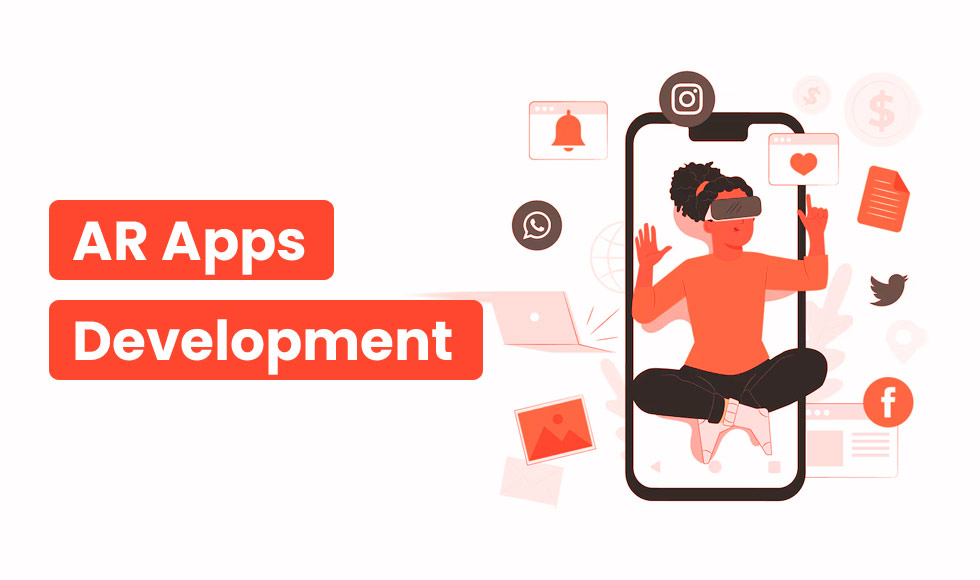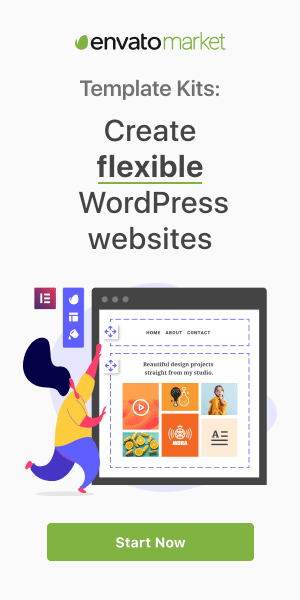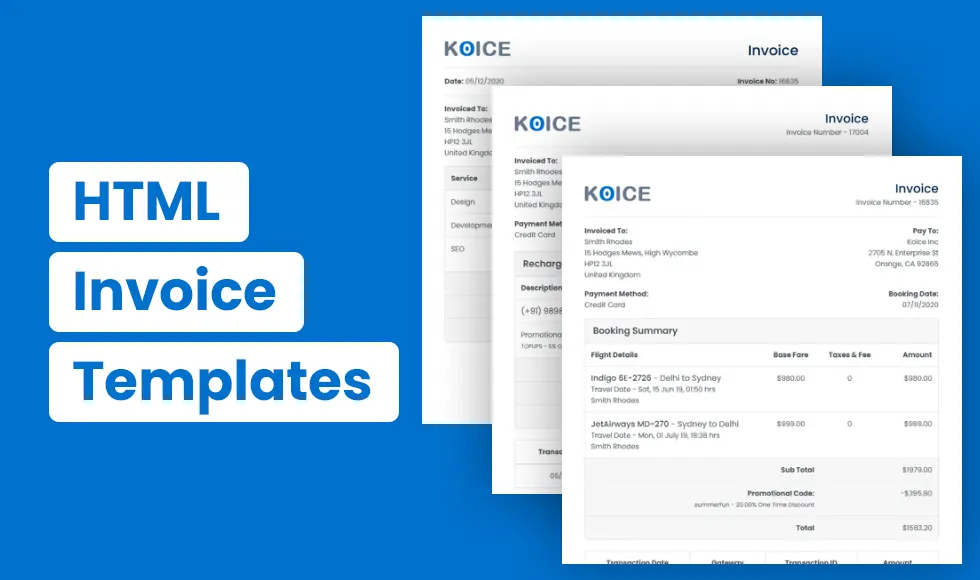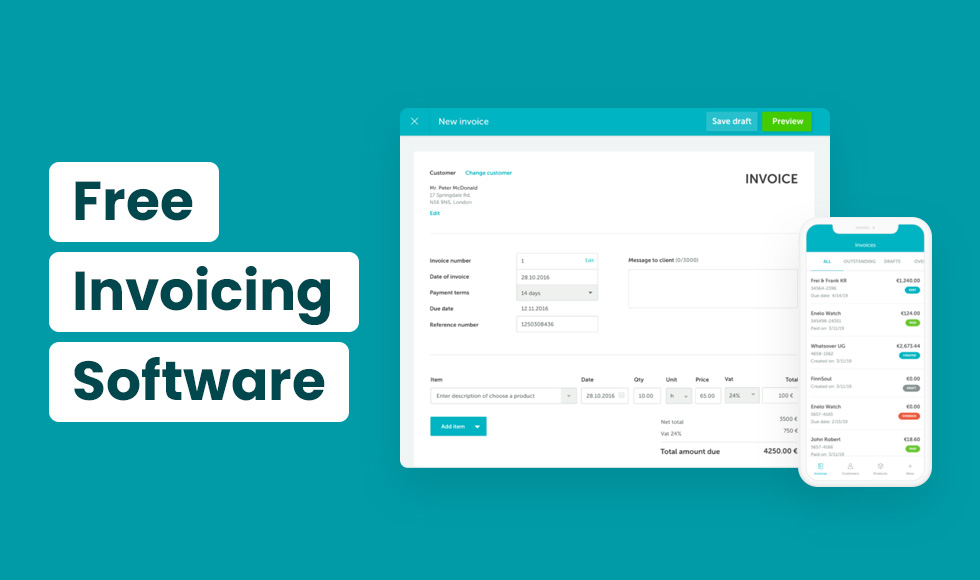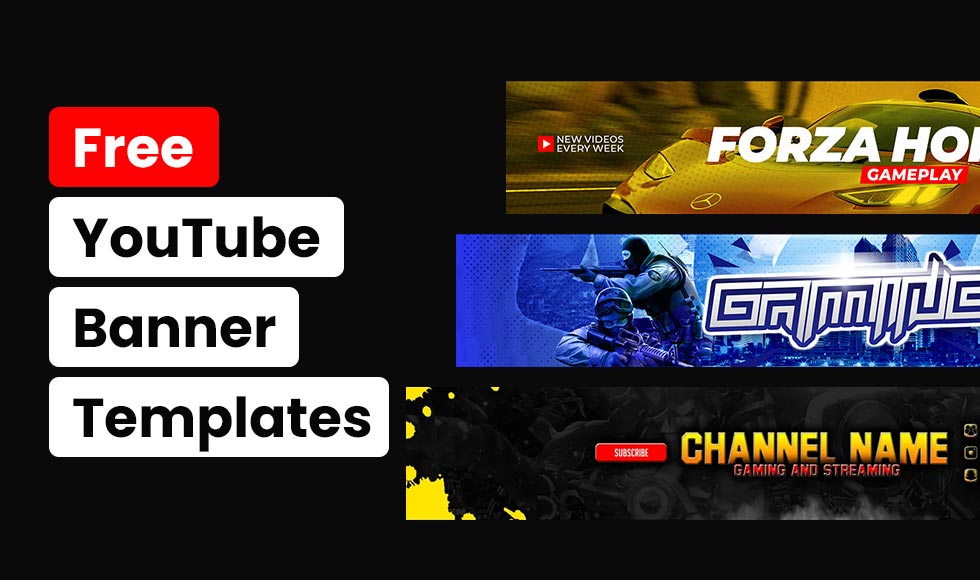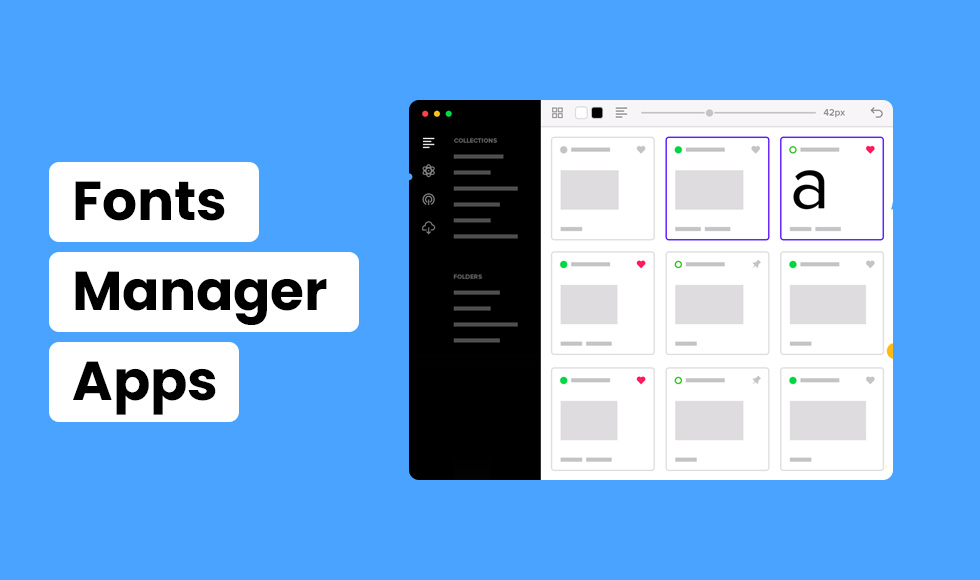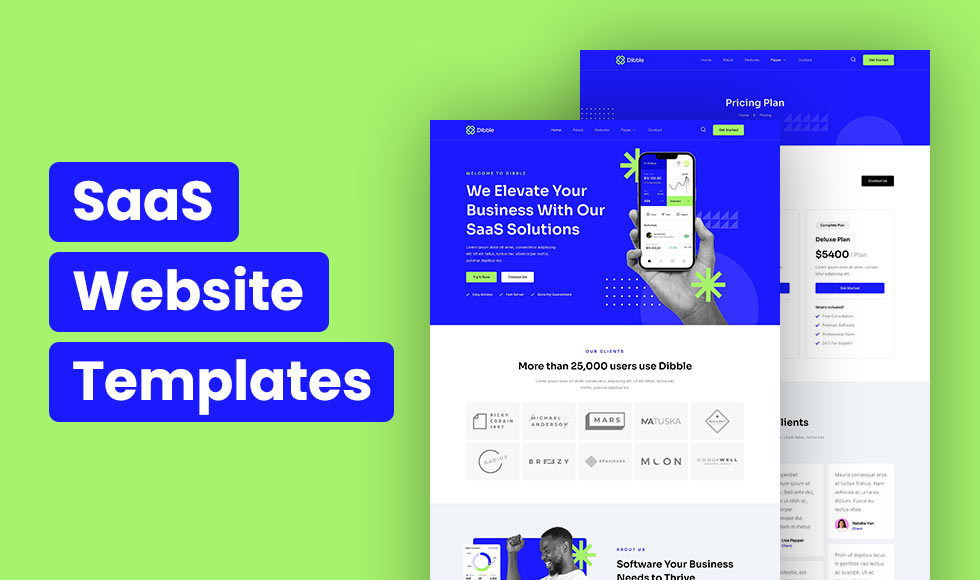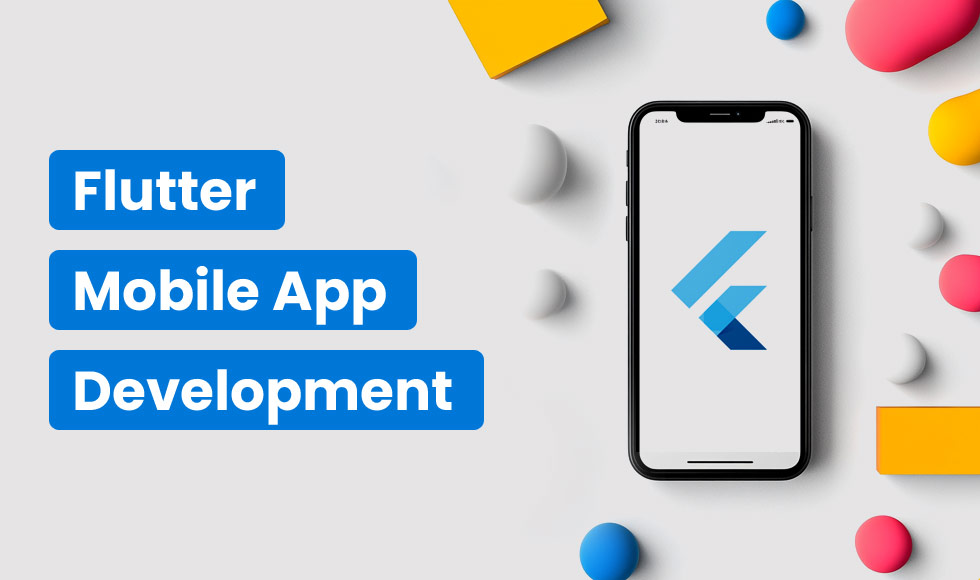Top tech companies are getting into AR development to stay relevant and futuristic with the bright future prospects of AR in their minds. The recent past has seen plenty of fruitful development in the AR space, with more modern and convenient devices being launched by both Apple and Meta. 2023-24 has been exceptional, with Apple launching Vision Pro and Meta launching its new AR glasses.
Backed by these giants, more young startups are motivated to stay ahead and realize the dreams of many in the augmented and virtual reality space. Therefore, more folks have joined hands at all levels, from developing concepts to designing to developing applications that solve problems and serve purposes innovatively and in new ways never seen before.
AR development process and how it works
AR development involves building applications that allow digital content to be overlaid in the real world. It enhances the user’s perception of a product or thing and influences their decision. For instance, furniture brands lure their audience and influence their decision with ideas like “see in your space“. Users can virtually place furniture in their space to see how it looks.
You can build AR apps using coding approaches or no-code platforms. For instance, in this case, you will need a 3D model of a piece of furniture and develop it in AR so it can be viewed in a real-world environment using devices like smartphones, tablets, smart glasses, or AR headsets. It blends computer vision technology, 3D, and real-time rendering to enable users to view virtual elements overlaid in the physical world.
What is more critical is concept building, 3D content creation, and efficient development, coding or no-code.
Underlying technologies and devices
It requires technologies, frameworks, and platforms to create digital content that people see and perceive differently. Popularly employed frameworks and platforms are:
- ARKit (for iOS) – It enables the development of AR content that can be accessed on iPhones and iPads.
- ARCore (for Android) – It enables Android users to access AR content without any inconsistency.
- Unity or Unreal Engine (for 3D rendering and interaction) – These are two of the most widely used coding platforms for AR.
- No-code platforms – PlugXR’s no-code software enables hassle-free zero-code designing and development for unmatched AR content creation.
Smartphones, tablets, AR glasses, and headsets are among the devices that enable viewing AR output. Meta’s Quest headsets and AR glasses and Apple’s Vision Pro are some of the most popular headsets in the market for AR output pr experiences.
Sensors are also used as underlying technology. AR devices use accelerometers, gyroscopes, GPS, and cameras. All of these together help detect the position in the real environment in the direction the device’s camera is pointed, thus accurately overlaying the AR experience.
AR Development Stages
Developing an AR app requires you to follow steps so the process is quick and efficient and timelines are met. It involves the following critical stages that you can master to excel in your next AR project:
Stage 1. Requirement gathering
Just like any other project, AR development begins with gathering requirements, writing down objectives, setting goals, milestones and resources for taking up the project, the functionalities of the AR application, expected outcomes and practical timelines. Where the app is to be built conventionally, how much time or resources to deploy and what technology to use. It will be unique to every project that comes up.
Stage 2. Determining the technology to be used
Picking the tech stack to use begins with planning and designing the architecture. When you know what you want to make and how choosing which platform to use and what tech to employ becomes easy. So, pick the tech wisely based on what your team is good at and can do things at a faster rate rather than struggling to learn a tech overnight and failing. At the same time automate repetitive stuff and look out for technology that can simplify your jobs. For instance, you could find an application that can take up the burden of your 3D artist in manually optimizing 3D models or you could employ a no-code software to take the burden off your coders.
Stage 3. Designing the interface
Interfaces must be carefully designed. UI/UX must be the priority at any point. Developing a product which is hard to use will make no sense. Therefore, your AR application must be appealing, easy to understand and have a short learning curve with things like icons and navigation stuff rightly located that users are generally familiar with with other applications they use on a day-to-day basis. When viewed in the user’s environment, the AR content must appeal and grab attention. Interaction elements, if any, must be visible and easily located on the interface to increase engagement with the AR content.
Stage 4. Development and testing
The next, heaviest part of a custom Augmented Reality development process is programming, where you convert those designs into a working application. Intensive coding is required, with expertise in languages like Java, C++, C#, XCODE, etc., and a thorough knowledge of platforms like Unity. Alternatively, you could use no-code platforms like PlugXR and devote most of your time to ideation and design to fetch even better output than with coding approaches.
At the same time, you have to ensure that they have a minimum of bugs when they go to the testing stage. Testing must be thorough and leave no bugs or inconsistencies, big or small.
Stage 5. Production or deployment
After the testing is complete, it is time for the world to see your AR project. Make sure that your AR app is accessible on the majority of devices and various popular browsers and operating systems so that all or most of the prospective users can access them. Another important aspect of deployment or launch is smart and effective marketing. So when you plan to launch your AR app, accompany your launch with a marketing strategy to reach a wider audience for your AR application, serve its purpose and ensure it gets well received among the target audience.
Augmented Reality App Development in 2024
In 2024, Augmented Reality app development will emphasize more on some important considerations that impact its adoption:
- User Experience (UX): AR applications must be designed so they are intuitive and easy to interact with. The developer must ensure the content is contextually relevant to the user’s environment.
- Real-time Rendering: When viewed, AR content must adapt to the user’s environment. It could be an advancement in adjusting to factors like lighting and camera movement. How sound is the tech employed, and the level of customization will ensure effectiveness of your custom AR development.
- Performance: AR content must run seamlessly without inconsistencies on mobile, tablets or AR headsets.
It can also be a game-changing tool for various industries, including gaming, education, retail, healthcare, defence, manufacturing, marketing and advertising, and many others.
Key Takeaways
Nevertheless, programming an AR app can be challenging and time-consuming. However, you can greatly ease this process with some automation at different levels. Alternatively, you can pick the PlugXR platform for AR development to build AR projects, big or small, without requiring coding. You can always use the coding editor feature per your choice!
Book a demo now to begin your AR journey.

